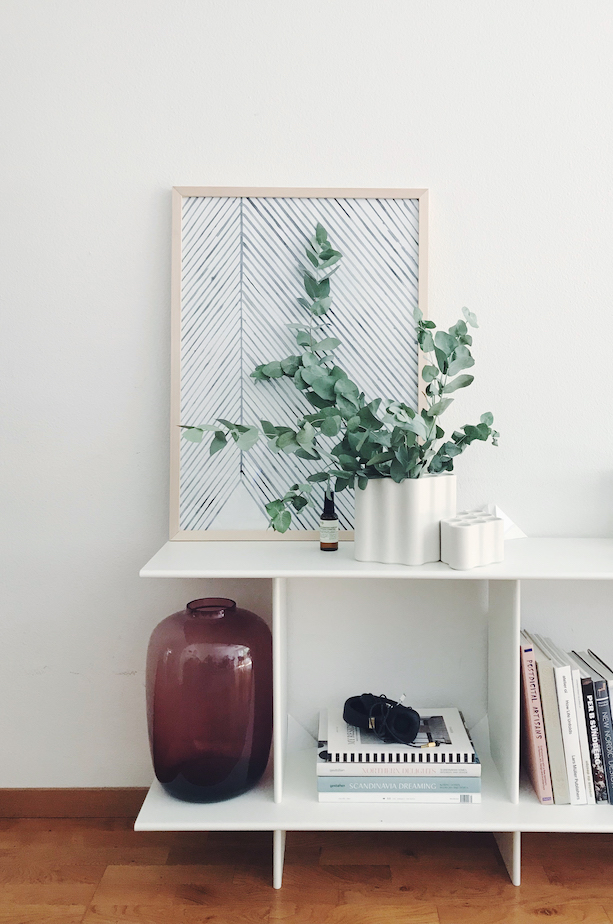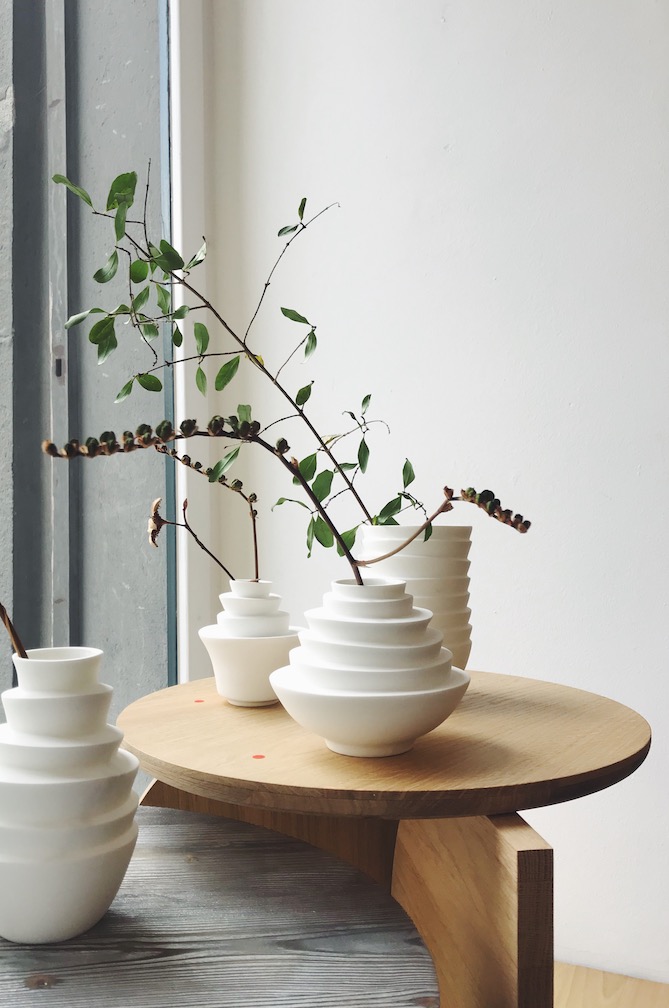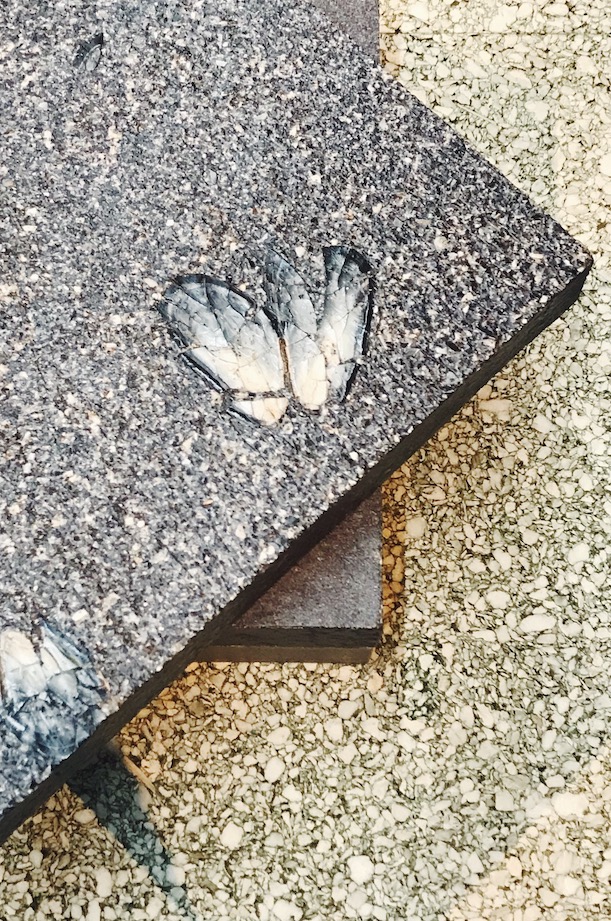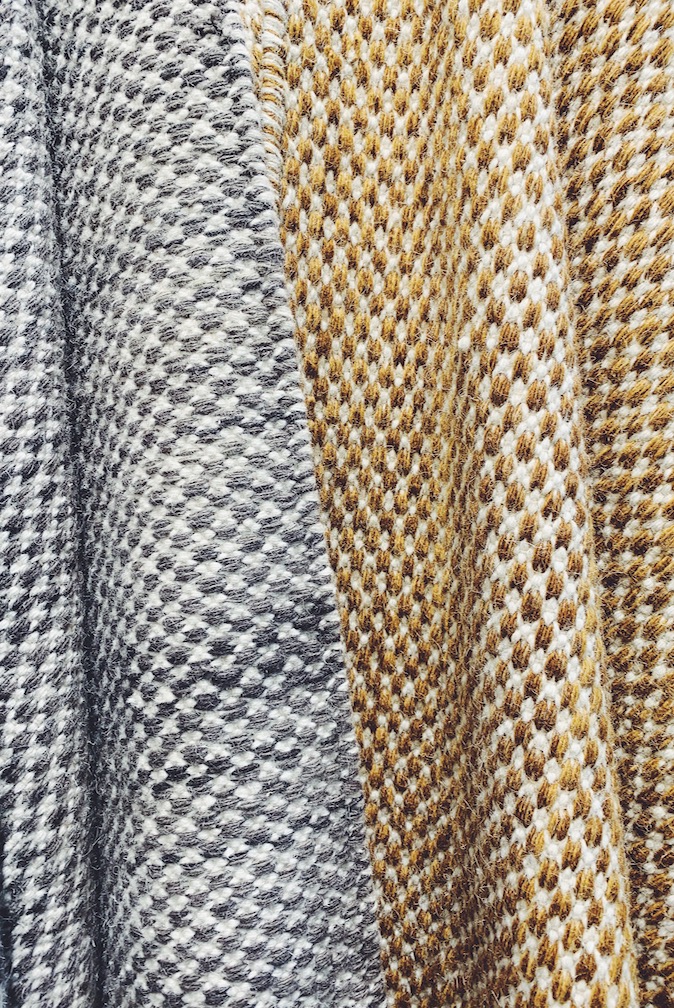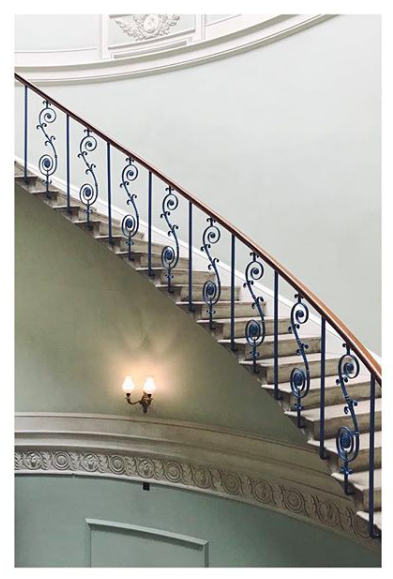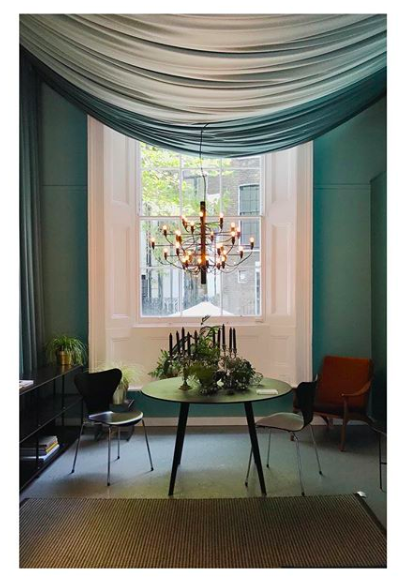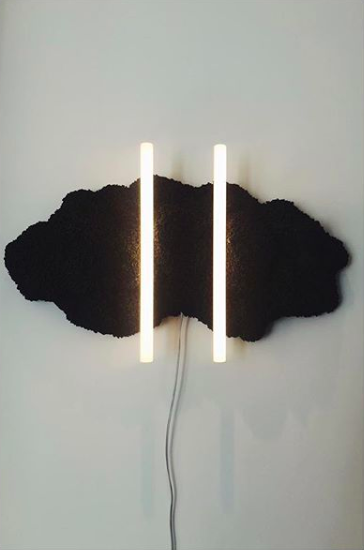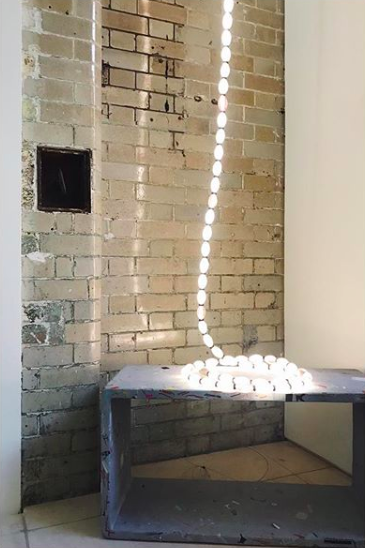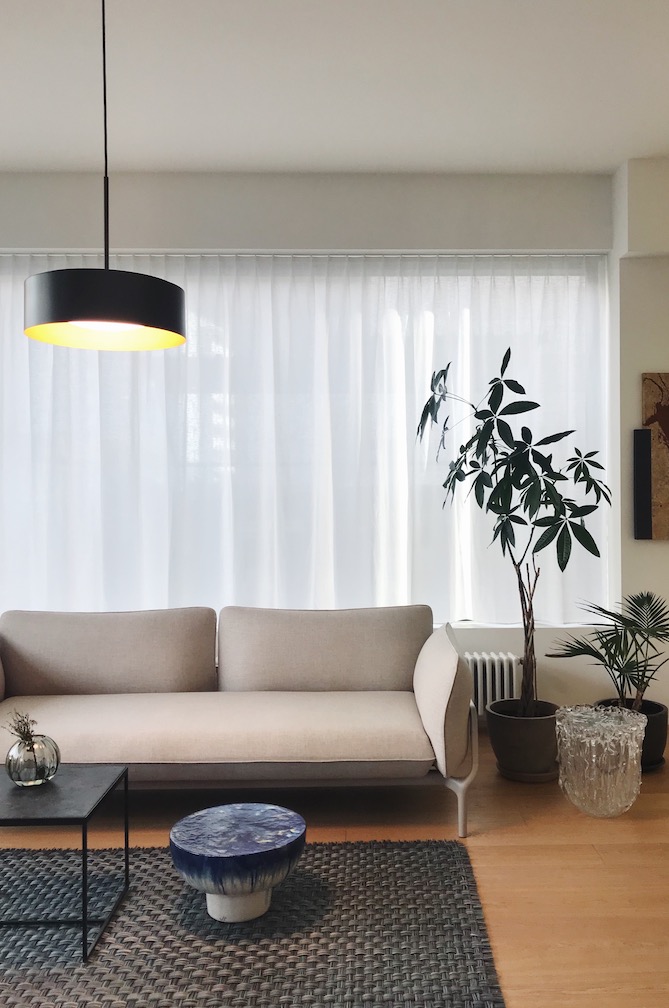A Swiss Journal of Design and Space
Make space journal is an online publication and agency of everything design, home and styling. we chatted with Geraldine Morand, the founder and editor to know more about her opinions of crafts, global design and sustainability.
Early influences
My move to Stockholm was an eye-opening step in my life and my professional journey. Even though I have had a keen interest in writing and interior design since my teenage years, the Scandinavian lifestyle made me experience design in a new way and question our relation to local crafts. In the Nordic countries, the design industry is recognised as a cultural value, and given a more conscious approach.
After a two-year stay in Sweden, I moved back to my home country Switzerland, with loads of ideas and plans. I kept working in communication, however, with a new focus on the Swiss crafts and creative industry. While organising design events and contributing to design labels and cultural institutions as a consultant and editor, I have launched Make Space Journal with the desire to showcase the richness and diversity of Swiss contemporary creation. Of course, I also like to explore the design scene abroad, to better put in perspective influences and trends.
“As life is constantly accelerating, our habits are changing. To compensate this fast-moving pace, I think that we are experiencing a return to basics. ”
Culture and Diversity
I have been living in four different cities, Lausanne, Geneva and Zürich in Switzerland, as well as Stockholm in Sweden. I still visit them very regularly. In each of them, I have noticed a significant and quick-evolving change over the last few years. Creative initiatives at a local scale are definitely reshaping our cities.
Currently living in Lausanne, I can feel this vibrant energy throughout the entire town, with new cafés and food concepts, emerging labels, design studios, a rich cultural offer and a thriving artistic scene. The rise of the creative class is transforming the way we live, and that’s promising.
“A piece of textile reveals much about its own creation, about the person who designs and manufactures it as well as the one who wears it. ”
Indian Design in Switzerland
Building on their exceptional cultural heritage, contemporary Indian designers have opened a new dialogue between tradition and innovation, and created a strong connection between craftsmanship and design. True to their roots, they use the rich craft culture as a major creative asset to explore new design approaches.
As mentioned earlier, inspirational culture trips are gaining momentum. India is a frequent destination for designers looking to develop their expertise in textile and crafts techniques, while finding inspiration in the local vibrant culture. For now, I’ve noticed the first exchanges of knowledge and skills between both countries, and we may see it flourish soon.
Microblogging and Indie magazines
Indeed, there is a new generation of travellers who want to give meaning to their journeys by discovering local creativity. And I’m definitely part of it. In our increasingly globalised world, regional specificities tend to disappear. Therefore, we must ensure the preservation of local arts and crafts.
In search of inspiration or wanderlust, these contemporary explorers seek an authentic cultural experience and unique finds. As microblogging and indie magazines give insights into local scenes and unveil the work of emerging artisans and designers, it’s perfect match! I think that these platforms and publications have a crucial role to play in highlighting the local culture and thus, support its sustainability.
Trends 2019 with a balance of modern and traditional
As life is constantly accelerating, our habits are changing. To compensate this fast-moving pace, I think that we are experiencing a return to basics. It’s time to slow down, declutter our homes and make space for a more conscious life.
Minimalism will spread in a more heart-warming atmosphere. Beyond the “less is more” philosophy, it will invite to focus on the essential to create a cosy nest. With mostly natural materials and soothing shades, interiors will be brightened up by hand-made creation and multicultural influences, in a very individual style.
In reaction to mass consumerism, crafts will come back to the forefront, however, in a new form. Indeed, traditional know-how has been enriched by a contemporary design approach. I’m delighted to see today’s artisans building on the knowledge of the past, and continuously enhancing it. A true tribute to authenticity
Slow fashion
The many issues related to fast fashion should be treated as a global emergency. In this conversation, there are many challenges to address, such as ethics, sustainability or environment. To influence this industry, we need to change consumer behaviours. Therefore, the first step should be an educational effort in order to give the population a better understanding of the importance and value of crafts.
Unfortunately, it is not enough to give insights into the behind-the-scenes work of this industry and to present its adverse effects. However, developing attractive alternatives as well as cultivating awareness and appreciation of crafts may help in changing the consumption habits for a more conscious approach to fashion.
'A piece of textile is both a work of art and design'.
A piece of textile reveals much about its own creation, about the person who designs and manufactures it as well as the one who wears it. Textile has always played a significant role in cultural identity development. Created on purpose, with specific aesthetics, it is a statement in itself, a piece of art and design.
Curation
Taking a dive into traditional craftsmanship, an increasing number of designers chose to learn from skilled craftsmen, thanks to long-term collaboration in Switzerland or immersion trips abroad. Focusing on textile, ceramics, marble or iron, they develop thus a new relation to their material of preference. Back in their studio, they combine these traditional techniques with their own creative approach and aesthetics. Four designers will be presented in a new portrait serie, to be published soon in Make Space Journal.
As a sneak peak, discover the table collection Game of Stone designed by Josefina Muñoz plays with the volumes and textures of marble. The Geneva-based designer gives this noble material a playful and contemporary look. Applying the concept of circular economy, she chose to work only with recycled stones, offering them a second life.
“The many issues related to fast fashion should be treated as a global emergency. In this conversation, there are many challenges to address, such as ethics, sustainability or environment. ”
Follow Make Space Journal and Visit
To participate, write to us at sayali@cocoaandjasmine.com
The Craft Project wishes to document tangible anthropology i.e material culture of a place and comment on its relevance in the contemporary space. We also wish to bring together a community of cultural travelers and craft entrepreneurs and create a collective of common motivation. The Craft Project celebrates Diversity in culture through objects, folk arts, crafts, and design. Through this project, we will be conducting community-sourced primary research and publishing about crafts and will involve brands, NGOs, collectives, makers, designers, curators, thought leaders, other publications etc.

